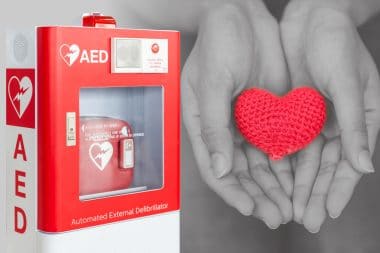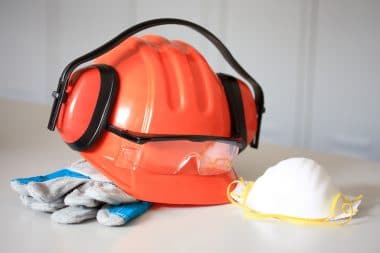Outbreaks were an issue in the healthcare system way before the pandemic but flew under the radar as they didn’t get as much media attention. Healthcare facilities have been fighting against bacteria like C. difficile for years, which at its peak infected almost half a million Americans in one single year with a large number of them dying. The system is constantly trying to find new ways to limit outbreaks and prevent new pathogens from spreading. This is where PPE and infection control equipment comes in. Let’s take a look at some essential infection equipment used in hospitals around the country.
Aprons/Gowns
Aprons and gowns are there to protect uniforms from soiling/moisture when personnel are providing direct care to patients. Plastic aprons will usually be enough for standard procedures, but for those that involve bodily fluids and a high risk of contamination, reusable gowns are a better option. Reusable isolation gowns provide full coverage and can protect personnel in settings where contamination from blood and fluids is common, like intensive care units and maternity wards, for example.
Gloves
Gloves should be worn anytime someone has to be exposed to blood, excretions and secretions, bodily fluids, or when working with contaminated equipment. Gloves should also be worn with patients who are particularly susceptible to infections. Healthcare professionals are more aware of the potential for gloves to stop pathogenic microorganisms, and they’re being used now more than ever. Mishandling gloves, however, can cause more harm than good.
Gloves have to be used as intended and disposed of after every single task. Using gloves for too long has the same effect as working on patients with dirty hands. Gloves can often give a false sense of security and personnel can tend to let their hand hygiene go when wearing them. Facilities need to establish clear protocols for every member of the personnel who has to handle contaminated equipment or work with patients to prevent cross and direct contamination.
There are also differences between the type of gloves that will be used. Sterile gloves will not be used in all situations. They will usually be used when the person has to touch a sterile area. Non-sterile gloves are used when there’s a risk of direct contact with pathogens as they prevent the wearer’s hands from being contaminated.
Masks
There are many types of masks with different uses. Surgical masks can help protect the wearer’s nose and mouth from large-particle splashes, droplets, or splatter that could be infected. It can also protect the people who are around from being exposed to the wearer’s respiratory or oral secretions.
Respiratory masks, on the other hand, are there to filter the air from pathogens and provide an added level of protection to the wearer. These can catch much smaller particles than surgical masks. This allows the wearer to enter areas that are highly contaminated and keep the risk of infections to a minimum.
Conclusion
Infection control will be a major subject of discussion in healthcare circles in the next coming years. We are still waiting to see what the future holds and what kind of innovations will be made in the field.








Reply